5 Things You NEED to Know About Living in Maple Ridge BC
Moving to Maple Ridge BC: 5 Things You Need to Know Before Relocating 🏡🌲
If you’re thinking about moving to Maple Ridge BC, you’re not alone. This fast-growing city in Metro Vancouver is attracting families, first-time homebuyers, and relocation buyers from across Canada and beyond.
So, what’s it really like to live here? In short: Maple Ridge offers more affordable homes compared to nearby cities, a nature-rich lifestyle, and family-oriented neighborhoods. But there are also trade-offs, like commuting challenges and the realities of a city in transition.
This guide breaks down the five most important things you need to know before moving to Maple Ridge so you can make a confident decision for your family and lifestyle.
1. Maple Ridge is Still Affordable, But Prices Are Rising 💰
One of the biggest draws of Maple Ridge is affordability. Compared to Burnaby, Coquitlam, or even Langley, home prices in Maple Ridge are still hundreds of thousands of dollars lower. Families moving here often find they can get:
-
Larger lots
-
Newer builds
-
More square footage for their money
👉 For example, it’s still possible to find detached homes under $1 million in Maple Ridge—a rarity across the Lower Mainland.
But here’s the catch: prices are climbing fast. Popular neighborhoods like Albion, Silver Valley, and Cottonwood are seeing intense competition from buyers relocating from more expensive areas.
And it’s not just home prices. The cost of living—property taxes, gas, groceries, and daycare—is also creeping up. Maple Ridge is no longer the hidden gem it once was, but there are still opportunities if you act sooner rather than later.
📌 Takeaway: If affordability is your main reason for moving here, don’t wait too long. The market is shifting quickly.
2. The Commute Can Be a Challenge 🚗⏱️
Maple Ridge offers more house for your dollar, but the trade-off is often the commute. If you work in Vancouver or Burnaby, you could be looking at 45 minutes to 1.5 hours each way, depending on traffic and bridge delays on:
-
Golden Ears Bridge
-
Lougheed Highway
-
Pitt River Bridge
Transit Options
-
West Coast Express: Fastest route downtown, but limited to rush-hour service with only a few trains per day.
-
Bus connections: Available, but less frequent compared to areas closer to Vancouver.
For remote workers or those with flexible schedules, commuting may not be a dealbreaker. But if you’re expected downtown five days a week at 8 a.m., it’s something you need to carefully weigh.
📌 Takeaway: Factor in both money and time when deciding to live in Maple Ridge.
3. An Outdoor Lover’s Paradise 🌲🚴♀️🚣
Few places in Metro Vancouver match Maple Ridge’s access to natural beauty. If you love outdoor recreation, you’ll feel right at home here.
Highlights include:
-
Golden Ears Provincial Park: One of BC’s crown jewels, with hiking, camping, and waterfalls.
-
Alouette Lake: Perfect for kayaking, paddleboarding, or a family picnic.
-
Extensive trail systems: Ideal for biking, running, and walking the dog.
🏞️ Families often choose Maple Ridge because kids grow up outdoors—biking on weekends, playing in parks, and enjoying an active lifestyle.
📌 Takeaway: If you value a nature-connected lifestyle, Maple Ridge offers it in abundance.
4. Not All Neighborhoods Are the Same 🏘️
Maple Ridge isn’t one uniform suburb. Instead, it’s made up of distinct micro-communities, each with unique pros and cons.
Here are some of the most popular areas:
-
Albion: Fast-growing, family-friendly, newer homes, strong community feel.
-
Silver Valley: Upscale, nestled against Golden Ears Park, perfect for nature lovers, higher price point.
-
Downtown Maple Ridge: Walkable, older homes, closer to amenities but with some traffic and urban challenges.
-
Hammond: Historic charm with character homes.
-
Thornhill: Scenic, semi-rural lifestyle with larger properties.
🔑 Choosing the right neighborhood depends on your priorities: schools, nature access, home style, or walkability.
📌 Takeaway: Work with a local expert who knows the differences between Maple Ridge neighborhoods to avoid costly mistakes.
5. A City in Transition: Growth & Development 🏗️
Maple Ridge is booming. Families are flocking here, and the city is responding with new developments, schools, and shopping centers.
Examples include:
-
Canaka Springs: A 70-acre master-planned community with new townhomes, single-family homes, trails, and a new elementary school.
-
Commercial growth: New restaurants, cafes, and services—reducing the need to drive into Langley or Coquitlam.
While growth brings opportunity (like rising property values), it also brings growing pains:
-
Construction noise
-
Increased traffic
-
Longer wait times for services
-
Debates over zoning and density
📌 Takeaway: Maple Ridge offers long-term upside for homeowners and investors, but do your homework on planned developments near your future home.
If you’re considering moving to Maple Ridge and want to explore which neighbourhoods would suit you best, I’d be happy to help!
📞 Book a Call with Me: Schedule a Consultation
📢 Subscribe to my YouTube Channel: Living in the Lower Mainland
🏡 Looking for homes in Maple Ridge: Maple Ridge Homes for Sale
Categories
Recent Posts
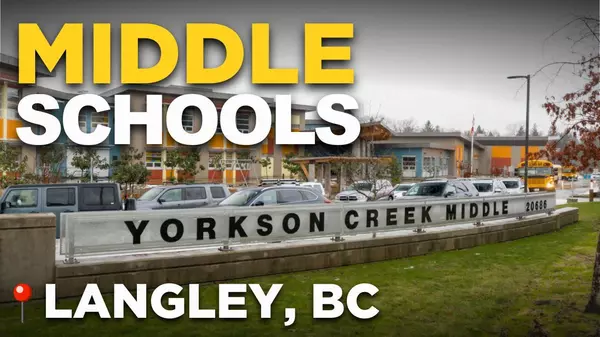
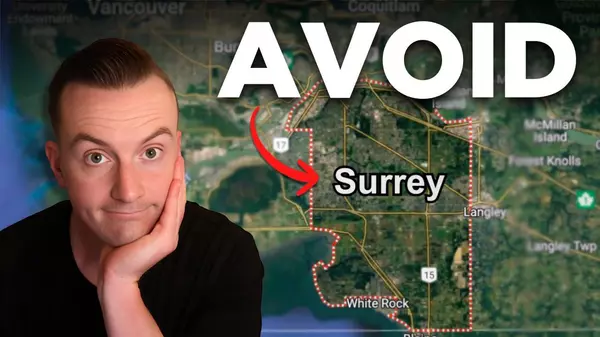


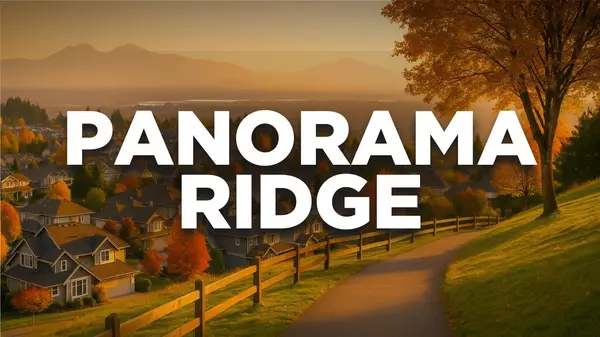

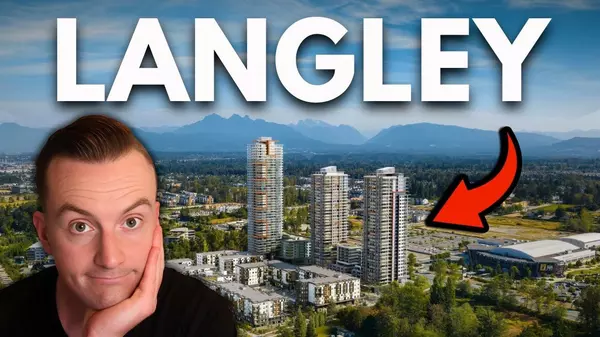

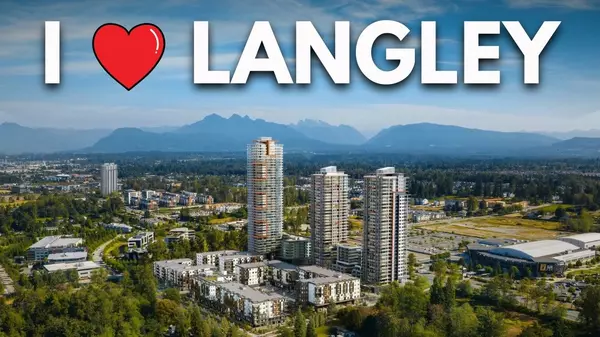
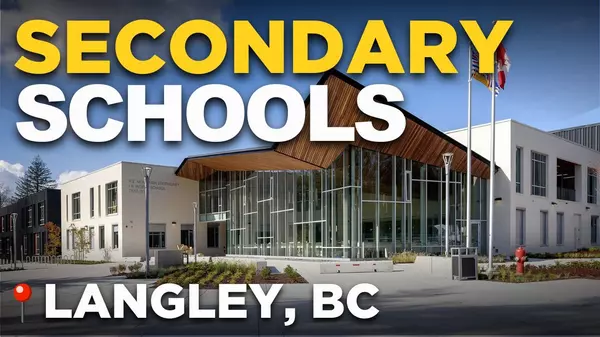
GET MORE INFORMATION

